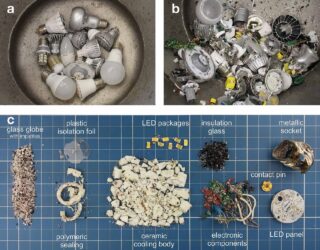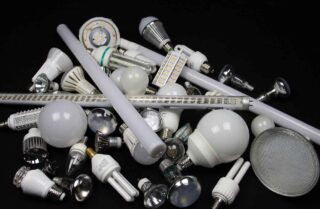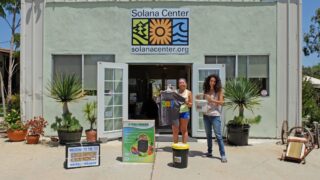Fluorescent Lamps
| Problems and Particular Challenges with Recycling this item | The flexibility and adaptability has allowed manufacturers to produce lamps using many different construction techniques, materials, and designs. This huge variability creates real challenges for the recycler.
The broad range of materials used in production can include glass, metals, plastics, ceramics, foams, glues, and others. This means that high recovery rates associated with fluorescent technologies are going to be hard to achieve. |
  |
|
| Procedures, Capacities, and Facilities for Disposing | First, the lamps and tubes are pre-broken. Then they are washed to remove contaminants. A distiller is then used to extract the elemental mercury, which is reused, and phosphor powder. The glass, metals and plastics are broken down into smaller pieces. These materials are then separated and sent on to other recycling plants for further recycling, and turned into something new. |
  |
|
| E Waste Partners for Processing Safely and Successfully | Bulbcycle – https://bulbcycle.com/contact/
NLR, Inc. | 256 Main Street, PO Box 680 | East Windsor, CT 06088 Solana Center for Environmental Innovation You can recycle light bulbs at hardware stores. Home Depot, Lowe’s, and IKEA accept items such as CFLs as a part of their customer service, but not fluorescent tubes. You should also check local laws on the disposal of light bulbs in your area as well as available recycling locations. Use the Green Directory at the top of this page to find a light bulbs disposal facility that is nearest to your ZIP code. |
